With electric vehicle (EV) technology being the talk in the automotive industry globally, we have seen massive leaps in technologies in this field in the last couple of years. However, most of these technologies have been foreign which is a point of concern as it has been assured that EVs will be future solutions to mobility. Bengaluru-based Pravaig Dynamics has come up with its first homegrown electric car that promises to step up the EV game in India. It has some great features that have raised eyebrows of some of the other EV manufacturers in India, as well as those abroad.
What is PRAVAIG?
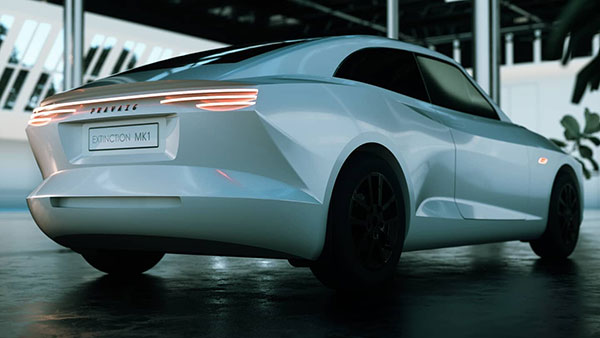
Pravaig initially was an energy and R&O company, based in Jaipur from 2011 for three years, Untill the three co-founders brainstromed about plugging into the EV market. The team worked out a business plan and innovation model, with a clear focus on delivering a very specific application.

Pravaig is a sanskrit word which means speed.
Pravaig Dynamics, an Indian electric car company, recently took the wraps off of its very first product in the form of the Extinction Mk1. The all-electric car will be launched sometime this year and will be available on lease for commercial fleet operators. The electric vehicle will first be launched in Delhi and Bengaluru before the company expands to other metropolitan cities eventually. The annual production of the two-door coupe-style electric car with four seats will be limited to 2,500 units.
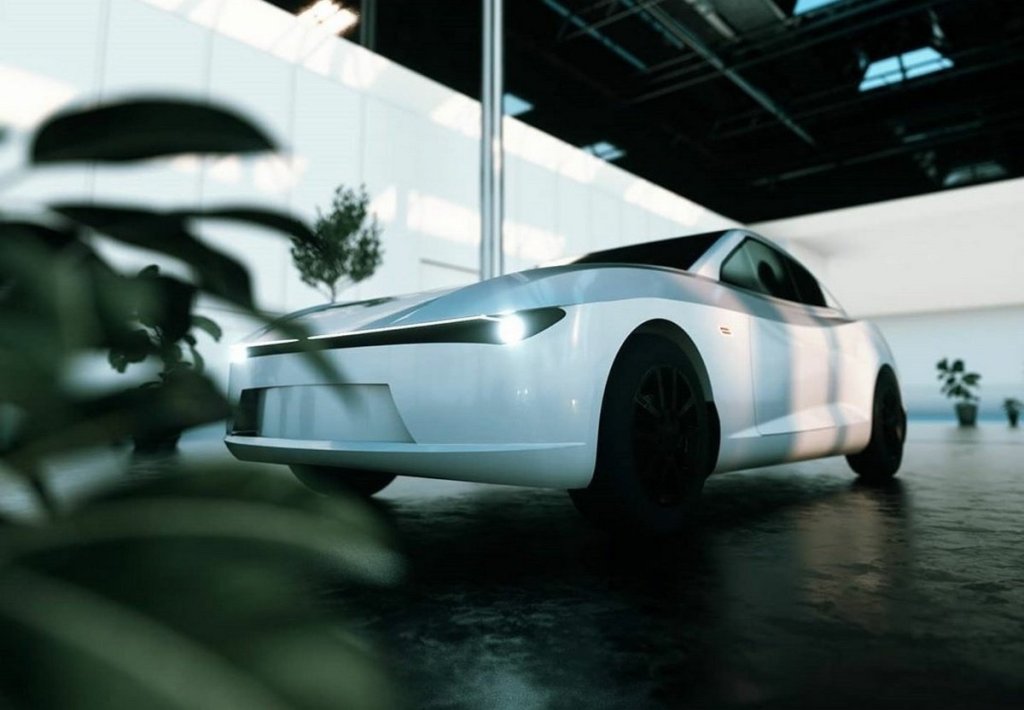
In terms of design, the Extinction Mk1 is rather futuristic with sharp lines and a sleek bar design for the head and tail lamps. It will easily stand out in the crowd, even amongst the EVs currently on sale in India, and resembles a bit with the Lucid Air. Overall it is a good looking car that is expected to bring change the EV industry in India through it’s amazing features which it claims to provide.
FEATURES AND DESIGN OF PRAVIAG
A 96kWh battery gives the car a range of around 500kms.

Speaking of which, the Extinction’s body is made of aviation-grade, fibre-reinforced plastic, as will also be the production car. At an initial target of 2,500 units per year, sheet-metal tooling makes little sense and, in any case, Pravaig are quite confident of the fibre body’s performance in crash tests; they are aiming for a very high Euro NCAP star rating.
EXTERIOR DESIGN

Pravaig Extinction MK1 gets a two door, coupe styling with a low slung profile, sloping roof, a sleek front end, projector LED head lamps connected by a thin LED strip and an LED bar of lights across its rear end. Prominent at the rear is distinct ‘Pravaig’ lettering while the electric car sits on blacked out multi spoke alloy wheels for a sportier appeal.
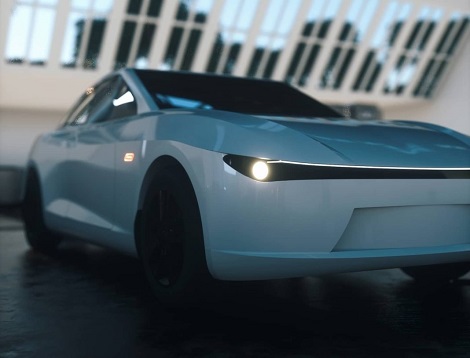
The front face of the Pravaig Extension Mk1 is quite aggressive, with a predator-like look. The side profile looks extremely minimalistic, with a prominent shoulder line running from the headlamps to the taillights. The blacked-out alloy wheels look well against the contrasting white paint of the prototype. At the rear, we have the most beautiful design element of the car, the LED taillights. The Pravaig logo looks cool housed in the middle of the taillights.
INTERIOR DESIGN
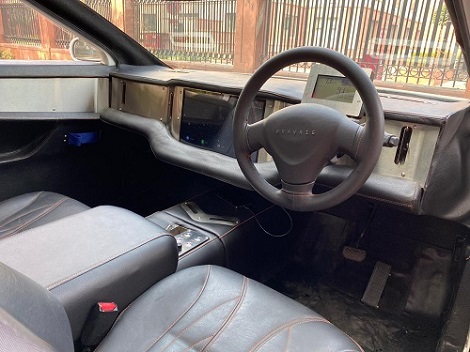
It will have a powerful PM 2.5 filters inside the car that the carmaker claims will reduce CO2 ten times more. The photo shows the filter has been placed for every occupant, including the rear passengers.It has a premium cabin which can seat four people. The left rear passenger seat will recline to around 165 degrees.
FEATURES

Pravaig Extinction will be powered by a 96 kWh battery pack that would generate around 201 hp power. This engine will allow for acceleration from 0-100km/h in 5.4 seconds and a top speed of 196 km/h. The car will support fast charging with 0-80 percent charge in 30 minutes.IT will promise a riding range of 504 km on a single charge.
PRAVIAG EXTINCTION MK-1 ELECTRIC FEATURES
- 12.3 inch touchscreen infotainment system
- Android auto and Applecarplay auto support
- Automated climate control
- Wireless phone charger
- Multi-function steering wheel
- Voice-control system
- Smartphone app to check battery status
- Built-in 4G connectivity
SAFETY FEATURES
- Eight airbags
- Different driving modes
- Pro pilot hands-on assist modes
- 360 degrees safety features
- Intelligent emergency braking
- Intelligent forward collision warning
- Intelligent around you view
- Rear automatic emergency braking system
The Future EVs and Challenges Of Electric Cars in India
The Future of EVs
India’s focus on next-gen mobility has definitely taken on legs under the current government, but the ‘National Electric Mobility Mission Plan (NEMMP) 2020’ was actually unveiled in 2013 under the previous Congress-led government. That puts into perspective the concerted efforts across the aisle for green mobility and electric cars. Since then the country has been willing to adopt a 360-degree approach in order to turn into an EV nation.
In December 2019, in the Climate Risk Index 2020 Released by the environment think tank, Germanwatch, India’s rank has worsened from the 14th spot in 2017 to 5th in 2018 in the global vulnerability ladder. This makes it all the more reason for India to make electric cars and vehicles a priority in the fight against the reliance on fossil fuels.
While the initial push was seen towards making two-wheelers and three-wheelers electric, the bigger need is for electric public transportation and cars. Despite the existing challenges and ambiguity inherent in the sector, major auto manufacturers are now looking at this widely untapped sector with hope.
In the Indian context, automobile manufacturers have announced electric four-wheelers such as Hyundai Kona Electric, Mahindra e-Verito, Mahindra e2o, Porsche Taycan, Tata Tigor EV 2019, MG ZS. But many more will be needed if India is to take meaningful steps towards becoming an EV-first nation.
With enthusiasm rising around the chances of Elon Musk’s Tesla launching in India in 2020, many local and global auto manufacturers have started testing the waters in the Indian market for electric cars.
The Challenges In the Consumer Adoption Of Electric Cars
There is a lot to love about electric cars, not only can they offer a dramatically lower operating cost but, also possess an inherent advantage when it comes to performance and driveability. However, making electric cars a reality has its own obstacles. So let’s look at some major Challenges In the Consumer Adoption Of Electric Cars.

Firstly, Breaking away from the old norms and establishing a new consumer behavior is always a challenge. It is common to find users anxious about the speed and range of EVs. Thus, a lot of sensitization and education are needed, in order to bust several myths and promote EVs within the Indian market.
Apart from this, there are a number of challenges in the adoption of electric vehicle cars in India in the near future.
These include:
- Lack of battery cell manufacturing.
- Building Charging Infrastructure and Charging Time
- Increasing Battery Performance
- Breakdowns and Awareness
- No Assured Govt. Policy
Lack of Battery Cell Manufacturing
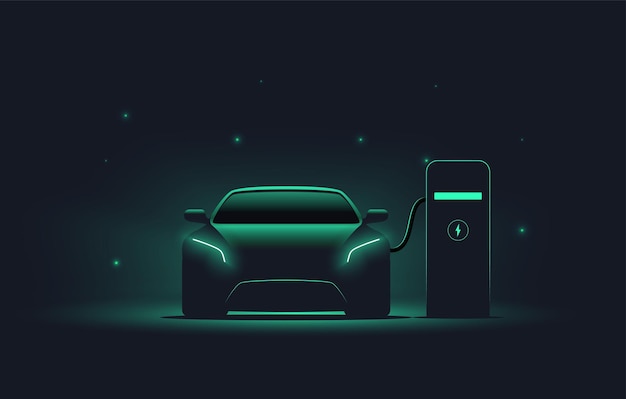
The most talked-about point related to EVs is the infrastructure support provided by the country for them to be convenient. This mainly leads us to the charging points that are to be very essentials for EVs. Right now electric vehicles practically cannot be used on highways as there are no charging points across highways or in the countries.
There is a complete absence of primary battery cell manufacturing in India which poses the risk of increasing our trade deficit. At the moment, most manufacturers rely on batteries imported from Japan, China, Korea, and Europe. Hence, the Indian market needs encouragement for indigenous technologies that are suited for India from both strategic and economic standpoint, such as aluminum fuel cells.
Breakdowns and Awareness
Let’s say you had a breakdown in your electric car. One cannot just call a normal mechanic like you would for a normal vehicle. You will have to call some company authorized service personnel only which will lead me to my next point. There is a general lack of awareness about EVs and their mechanical systems. Therefore, until a substantial amount of them are not there on the road, most of the mechanics would not know about their complete systems, and therefore it will lead to causing inconvenience for the consumer.
No Assured Govt. Policy
For years in many European countries, governments have welcomed electric vehicles to their country by reducing their tax rates and also providing subsidies in certain ways. They have clear rules and policies made especially for Electric vehicles to encourage buyers. With some even planning to allow only EVs to be sold eventually. In India, though it is a different story, as the government has never been clear from the start about their policies on EV vehicles. This has left automakers confused about their plans for electric vehicles. How this translates to the consumers is that you usually end up paying more for electric vehicles.
It is a good thing that car manufacturers are putting out cars such as the Hyundai Kona, the Tata Nexon EV, and the MG ZS EV and devoted to being future-ready and also prioritizing them. Hopefully, the government sees that and could solve all the problems relating to EVs
Increasing Battery Performance

Given the fact that electric charging infrastructure will take considerable time to be replicated and the ubiquity of fuelling infrastructure in India, it is essential that batteries become far more durable to better compete with the internal combustion engine vehicles. At present, the Hyundai Kona electric has the highest range of 452 km on a single charge among electric cars available in India, which could change in the years to come.
Building Charging Infrastructure and Charging Time
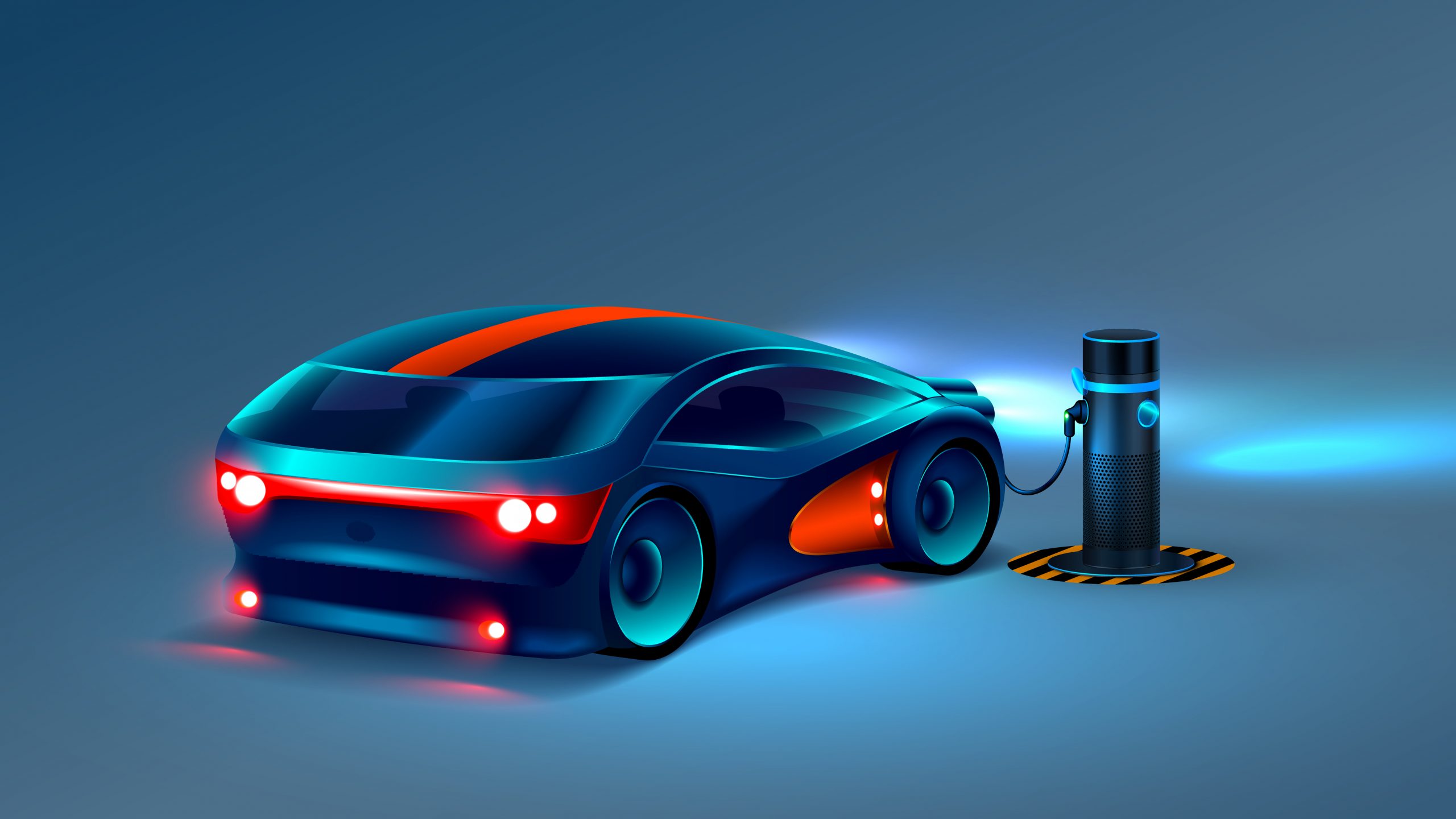
The second, big challenge is of course charging infrastructure, which will need to be combined with existing refueling stations and at alternative locations closer to homes.
Charging Time
Hypothetically if we consider that charging infracture is not a problem, Charging time will still be a big drawback in electric vehicles, Most Indian consumers are impatient and would not like to wait for long to charge their vehicles. Although there is fast charging available on most of them, it usually takes an hour to charge about 80% of the vehicle, which is indeed a long wait
Experts say that improving battery swapping stations will eliminate wait time for charging, make better use of land, reduce the size of batteries in vehicles, and will give an increased available range.
Thank you for visiting our blog , we hope that you found this blog useful and do revisit our blog.
Made by:
PRAGATI V DADGE 20201CSE0581
VIPUL JOSEPH PINTO 20201CSE0596
HARISH NG 20201CSE0521
ROHAN G RATHOD 20201CSE0573
NAVEEN KUMAR BS 20201CSE0587
DHARSHINI PRIYA N 20201CSE0568
SIDDAPA 20201CSE0515
DHANUSH N 20201CSE0591
Very good information 👍🏻
LikeLike
Informative 👌🏻👌🏻👌🏻
LikeLike
Wow
LikeLike
Nice work👍
LikeLike
It’s very informative
Done a great job 😊
LikeLike
Superb 👌
LikeLike
Very nice
LikeLike
Super keep it up…,,, a very good information👍👍
LikeLike
Super
LikeLike
Best 👍 keep it up
LikeLike
Nice its very interesting ✌️
LikeLike
Good work, given a whole information about tesla and how it can change indian present situation . Amazing write up
LikeLike
Nice topic and well presented 👍🏻
LikeLike
Innovative idea keep going
LikeLike
Amazing concept
LikeLike
Well done 👍
LikeLike
This is innovative and a nice work from the team/ person .
Great work !
LikeLike
Great work
LikeLike
Nice 👌
LikeLike
Great work😊👍
LikeLike
Good job 👍
LikeLike
Informative. Article 👍
LikeLike
great work!!!
LikeLike
niceeeeeeeeeee
LikeLiked by 1 person
Suprr
LikeLike
Nice car good features
LikeLike
Good information
LikeLike
Good information
LikeLike
Nice work 👍
LikeLike
Insightful
LikeLike
Good job 👍 👌
LikeLike
People in India turn right after giving left indicator .
Getting Tesla on Indian roads will be a great challenge.
But still good work.
LikeLike
Informative,Good job 👍
LikeLike